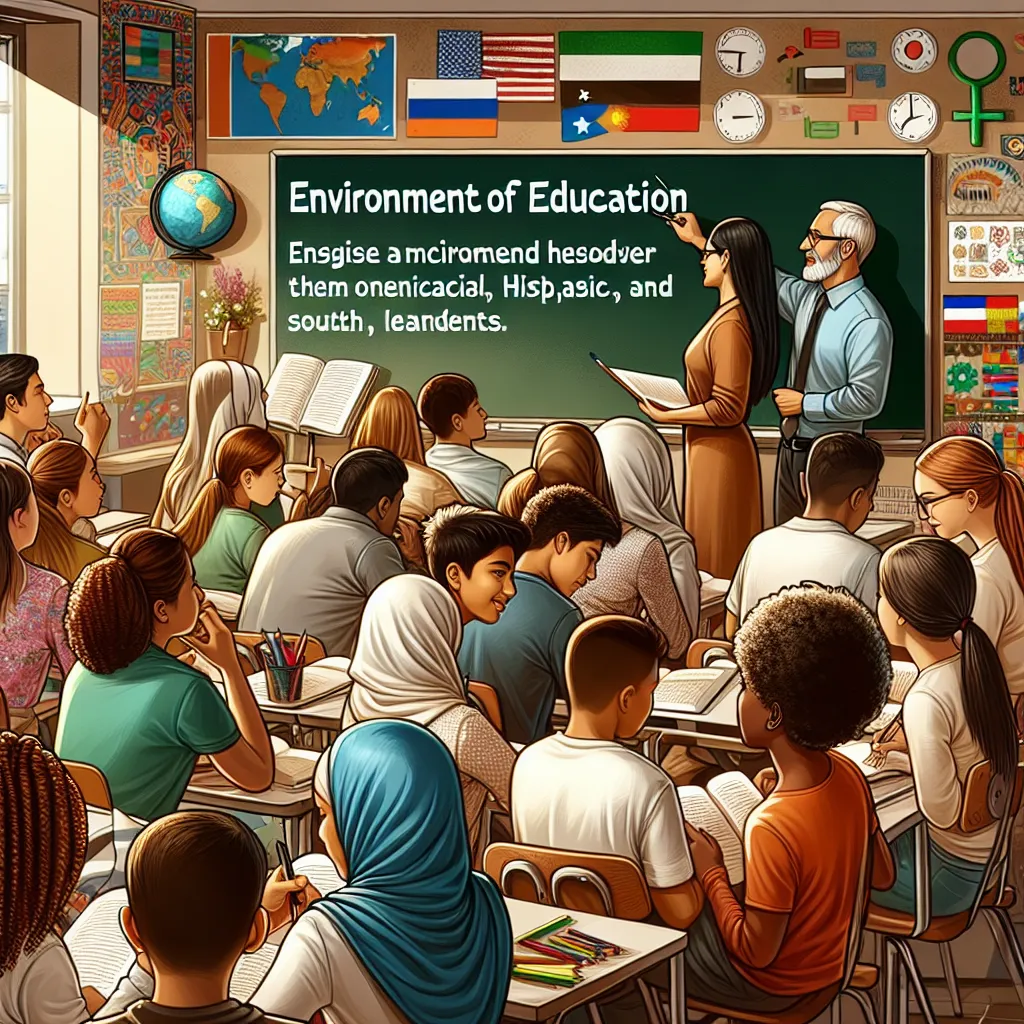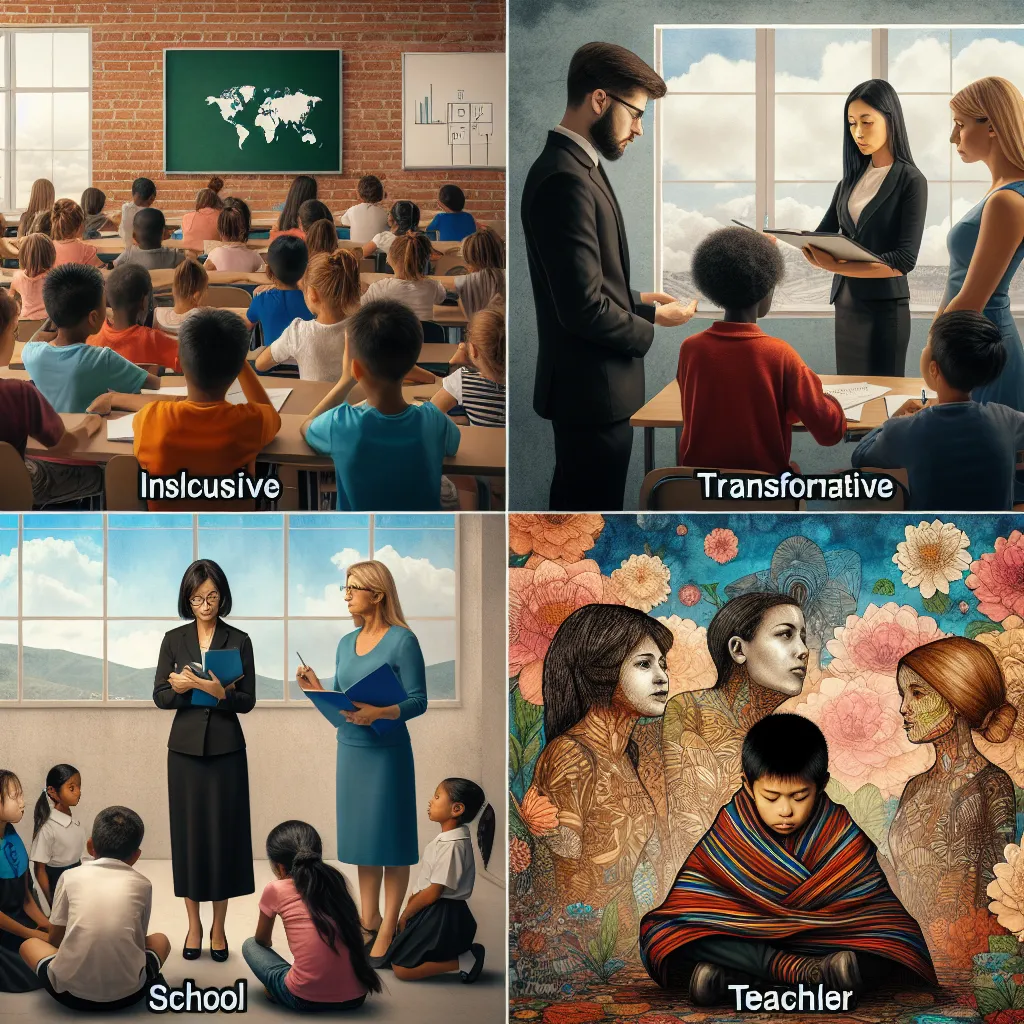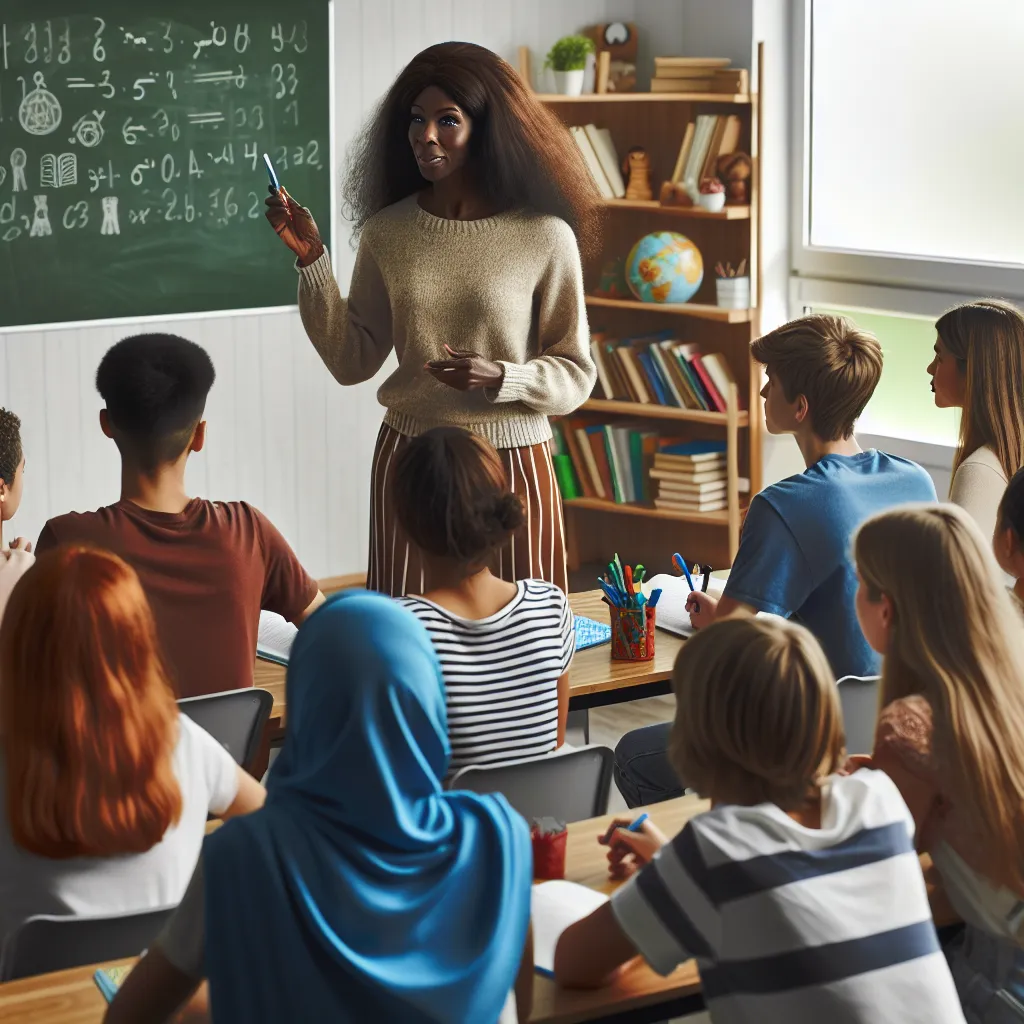Ask AI on The Internet
Question: QUESTION 1 In your own words, write a short description of the following concepts: 1.1 Inclusive Education. (2) 1.2 A transformative teacher. (2) 1.3 Special school. (2) 1.4 Barriers to learning. (2) 1.5 Social isolation. (2) (2X5=10) QUESTION 2 One of the responsibilities of the teacher as an agent of inclusivity is to be able to identify and address diversity in the classroom. Hence UNESCO (2001) highlights a nine-point plan for a teacher to deal with diversity in the learning environment. In relation to the above statement name and briefly explain by giving classroom related examples any 4 of the suggested nine-point plan (You will get one mark for naming and two marks for explaining using classroom related examples). ` (4X3=12) QUESTION 3 It is the teachers’ responsibility to create an enabling learning environment for learners by bringing in seven principles that optimise or boost learning. Read the following activities given to learners. Identify and write down one S.P.E.C.I.A.L principle that is demonstrated in each activity. NB: These principles are stated in Learning Unit 7 of your learning guide. Do not rewrite the statements. 3.1. When the Grade 5 Economic Management Sciences (EMS) class is given a task to role-play entrepreneurship day. (2) 3.2. A group practical activity to demonstrate the concept “evaporation causes cooling” in a science classroom. (2) BTE2601 ASSESSMENT 04/2024 3.3. Grade 9 Natural Science class learners asked if a cup of cold water and a cup of cold milk are placed in a refrigerator at the same time, which one will freeze first’? (2) 3.4. Learners writing a mid-year examination. (2) 3.5 Grade 3 learners singing the song of ‘alphabets. (2) 3.6 A Mathematics re-test on mixed fractions is given to grade 4 learners. (2) 3.7 A research activity about the relationship between the learner’s blood groups and the appropriate food to eat. (2) [14] QUESTION 4 4.1 Explain in detail any three benefits of a caring learning environment. (3X3=9) 4.2 Name five main entrepreneurial skills. (1X5=5)
QUESTION 1 1.1 Inclusive Education: Inclusive education refers to a teaching approach that aims to accommodate all students, regardless of their physical, intellectual, emotional, or other differences, within the same learning environment. This approach seeks to remove barriers to learning and ensure that every child has equal access to educational opportunities. 1.2 A Transformative Teacher: A transformative teacher is an educator who goes beyond traditional teaching methods to create significant, positive change in students' lives. They inspire and motivate students to become critical thinkers, active learners, and socially responsible individuals by fostering an inclusive, supportive, and engaging learning environment. 1.3 Special School: A special school is an educational institution designed to cater to students with specific needs, such as disabilities or learning difficulties. These schools provide a tailored education program and specialized support services to help students achieve their full potential. 1.4 Barriers to Learning: Barriers to learning are obstacles that prevent students from accessing and benefiting from education. These barriers can be physical, emotional, social, or cognitive and can arise from a variety of sources, such as disabilities, socio-economic status, language differences, or inadequate teaching methods. 1.5 Social Isolation: Social isolation refers to a state in which an individual lacks social connections or meaningful interactions with others. In a school setting, socially isolated students may feel excluded, lonely, and disconnected from their peers, which can negatively affect their emotional wellbeing and academic performance. QUESTION 2 2.1 Understanding Learners' Backgrounds: Teachers should get to know the cultural, social, and educational backgrounds of their students. For instance, in a diverse classroom, the teacher might begin the school year with an activity where students share something unique about their culture. This helps the teacher understand any potential barriers and tailor lessons that are inclusive and relevant to all students. 2.2 Differentiated Instruction: This involves varying teaching methods to cater to different learning styles. For example, a teacher might present a new math concept through visual aids, verbal explanations, and hands-on activities to ensure all students can grasp the concept, regardless of their preferred learning style. 2.3 Collaborative Learning: Encourages teamwork and values the input of all students. For instance, in a history lesson, students could be divided into diverse groups to research and present on different aspects of a historical event. This method not only promotes understanding but also allows students to learn from each other’s perspectives. 2.4 Accessibility: Ensuring that the classroom environment and materials are accessible to all students, including those with disabilities. For example, a teacher might ensure that digital resources are compatible with screen readers for visually impaired students or provide printed materials in large fonts. QUESTION 3 3.1 Entrepreneurship Day Role-Play: The principle demonstrated is "Experiential Learning." Students are able to engage in hands-on, real-world simulations that teach them about entrepreneurship. 3.2 Evaporation Causes Cooling Experiment: This activity demonstrates the principle of "Cooperative Learning." Students work together in groups to complete the task, promoting teamwork and shared learning experiences. 3.3 Science Question on Freezing: This activity demonstrates the principle of "Critical Thinking." Students are required to think analytically and predict outcomes based on their understanding of scientific concepts. 3.4 Mid-year Examination: This activity demonstrates the principle of "Assessment." It evaluates students' understanding and preparedness on the subject matter they have been learning. 3.5 Alphabet Song: This activity demonstrates the principle of "Engagement." Using music and singing helps young learners actively participate and memorize the alphabet more effectively. 3.6 Mathematics Re-test: This activity demonstrates the principle of "Individual Learning." It provides an opportunity for students to work on specific areas where they need improvement, catering to individual learning needs. 3.7 Research Activity on Blood Groups and Food: This activity demonstrates the principle of "Learner Autonomy." Students engage in independent research, fostering their ability to take charge of their learning process and apply it to real-world contexts. QUESTION 4 4.1 Benefits of a Caring Learning Environment: - Enhanced Student Engagement: When students feel valued and supported, they are more likely to participate actively in class. A caring learning environment fosters a sense of belonging, which can increase motivation and enthusiasm for learning. - Improved Academic Performance: A supportive atmosphere can reduce stress and anxiety, allowing students to focus better on their studies. This environment can help students feel more confident and capable, which can lead to better academic outcomes. - Positive Social Development: A caring environment encourages positive interactions among students, helping them develop social skills and build meaningful relationships. This can lead to a more cohesive and cooperative classroom community. 4.2 Five Main Entrepreneurial Skills: - Creativity: The ability to think outside the box and come up with innovative ideas and solutions. - Risk-taking: The willingness to take calculated risks in pursuit of business opportunities or growth. - Persuasion: The skill to effectively communicate ideas and convince others to support projects or buy products. - Financial Literacy: Understanding financial management, including budgeting, investing, and managing expenses. - Problem-solving: The ability to quickly identify issues and develop effective strategies to address them.
Think your answer is better than the AI's? Post it below.
Other Most Relevant Posts:
 ### 1
1. Inclusive Education
2. Transformative Teacher
3. Special School
4. Barriers to Learning
5. Social Isolation
### 2
1. Assessing Individual Needs
2. Promoting Collaborative Learning
3.
### 1
1. Inclusive Education
2. Transformative Teacher
3. Special School
4. Barriers to Learning
5. Social Isolation
### 2
1. Assessing Individual Needs
2. Promoting Collaborative Learning
3.
Question Tags
If you want your question answered by an AI, click here.






Post your own comment: